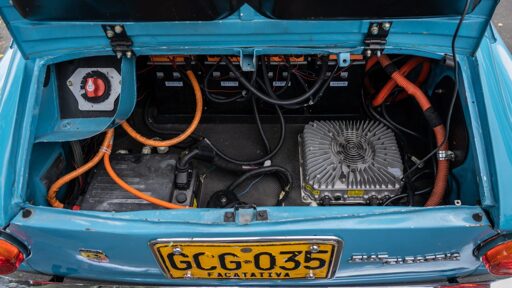- cross-posted to:
- [email protected]
- cross-posted to:
- [email protected]
If the cars are inspected to be safe before going on the road, there are nothing but positive sides to this. Everyone wins, except the car companies.
Honestly the unsafe part is that they are a ton or so of metal going at speed only decimeters from civilians with only the concentration and control of your average idiot there to prevent manslaughter.
Compared to that, there is very little you can actually do to a car that will move the needle on safety, especially for anyone but its occupants.
I would not say “very little you can actually do”. For example, the death rate from road injuries has gone down steadily over the last 40 years (and probably even longer).
In the US, we’ve leveled off and possibly backtracked a bit with the sales of huge grilled trucks. The cybertruck isn’t going to help with pedestrian safety either.
What does that have to do with the drivetrain of the car? That would be due to things like better hood and road design, better enforcement of speed limits, and since you cited a stat that includes drivers as well pedestrians over forty years the move to requing roll over protection, expansion of airbag systems, more available crash modeling, and of course the near worldwide mandate that cars include seatbelts.
Most of this is either structural and thusly uneffected by a drive train conversion, or governmental.
The biggest dangers involved with a drivetrain conversion are going to be the same as any major home automotive work, namely something heavy fall or slips during work, followed by getting fingers/hair/clothing caught in moving parts, etc…
None of this is going to endanger the public, at least not to the extent that it can compete with the chance of getting distracted driving and plowing through a pedestrian or right hooking a cyclist.



